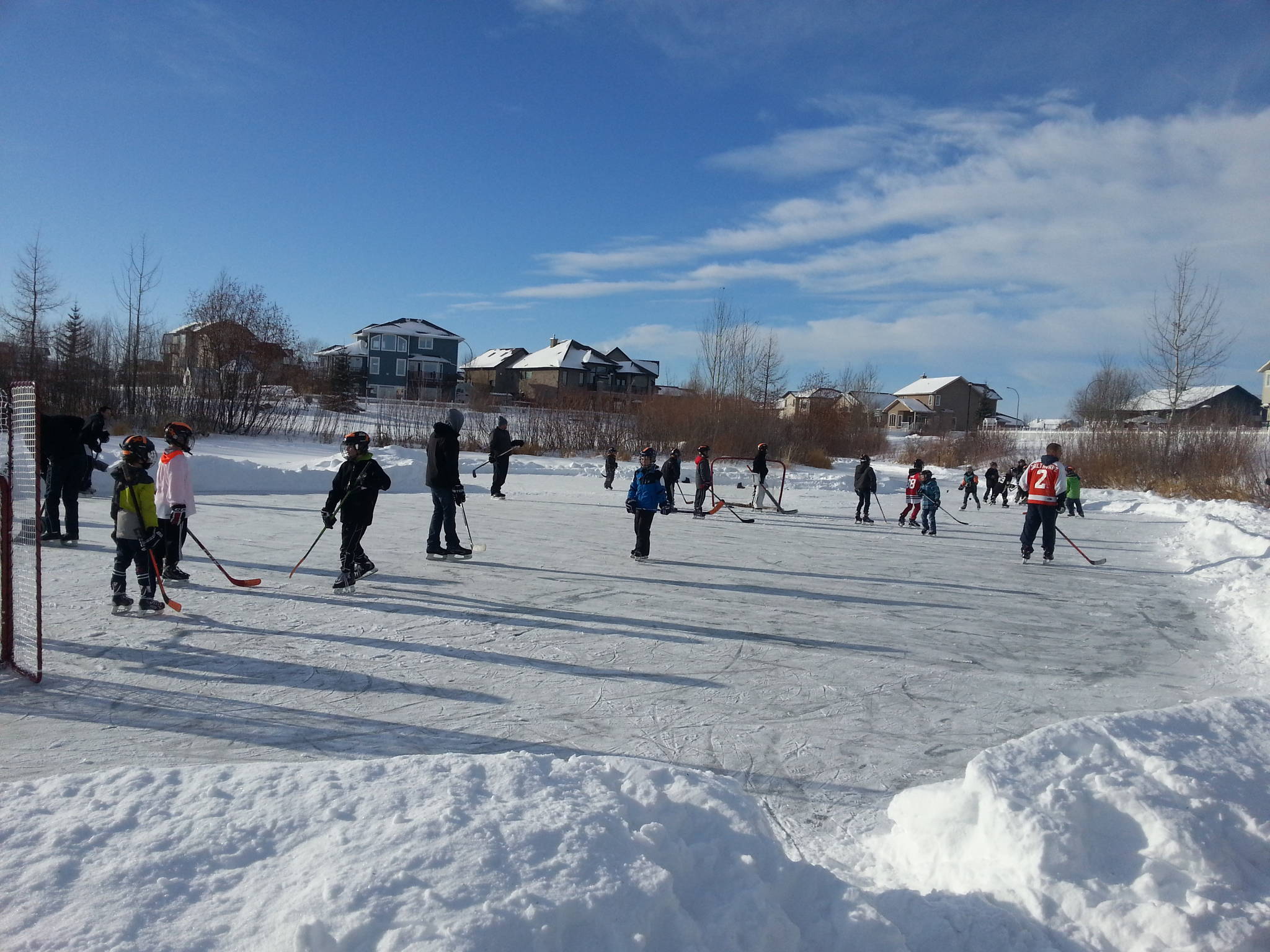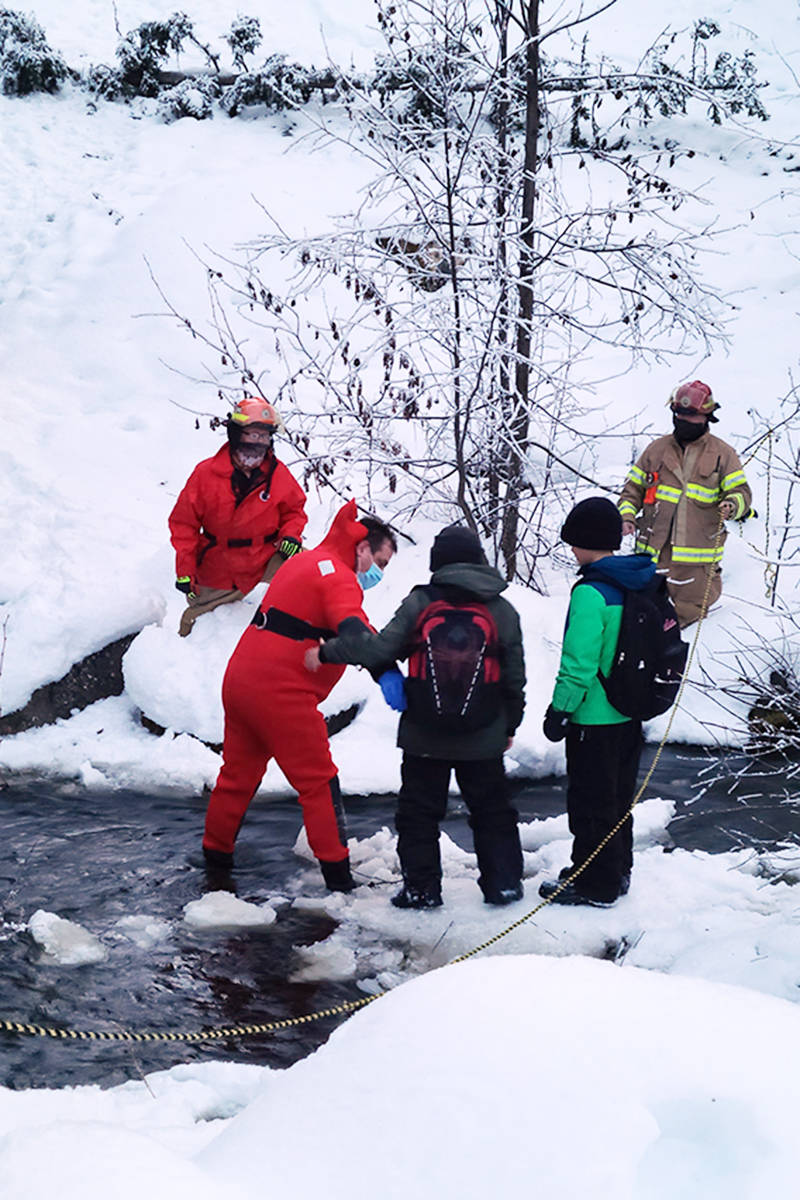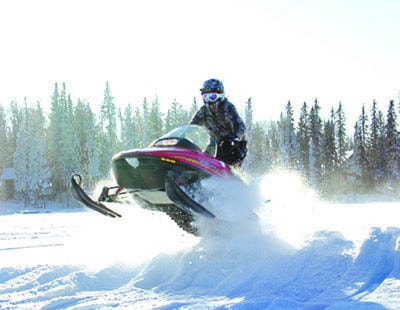Because no ice surface is without some risk, Bulkley Valley Search and Rescue (BVSAR) is urging people to become “ice aware” and take all necessary precautions before you venture out.
In the winter many Canadians take to the area lakes and ponds for adventure, fun and play. Frozen bodies of water offer great sporting opportunities such as ice fishing, cross country skiing, skating, snowshoeing and snowmobiling.
This year with the temperatures varying, it is important to know what the recommended minimum depth of ice is for activities to remain safe.
READ MORE: Are outdoor ice rinks safe? Experts say skating is low risk, but precautions needed
As a general rule if the ice is 7 cm (3 inches) thick or less, stay off the ice.
For ice fishing, walking, one snowmobile or cross country skiing, 10-12 cm (4 to 5 inches) is sufficient.
If you are looking to drive a vehicle on the ice, a minimum ice thickness of 20-30 cm (8-12 inches) is recommended for one small car or pickup.
For a medium-sized pickup, the recommended minimums are 30-38 cm (12-15 inches) of ice.
Although there have not been any serious incidents in the area this year so far, social media accounts indicate at least two people have gone through the ice on Lake Kathlyn, fortunately close to shore.
“Always leave a trip plan with a responsible party, family member or friend.” BVSAR reminds people.
“Take the right gear and be prepared.”
A recommended equipment list for any outdoor or back country adventure should include: a fire making kit, flashlight, extra food and clothing, whistle or mirror, a first aid kit, navigation/communication aids, pocket knife, an emergency shelter and sun protection.
READ MORE: Avalanche warning issued for B.C. Interior, Alberta
A recommended equipment list specifically for ice safety should include: thermal underwear and a second layer for warmth; waterproof jacket and pants; a warm hat, gloves and socks; snowmobile flotation suit or lifejacket/PFD (personal flotation device); and safety equipment including ice picks, an ice staff and rope.
If you break through the ice, do not panic. Turn toward the direction you came from and place your hands and arms flat on the unbroken surface. Kick your feet and try to push yourself up on the unbroken ice on your stomach, like a seal.
Once you are lying on the ice, don’t stand up. Roll away from the break until you are on solid ice.
If you are out and someone else breaks through the ice, stay calm and think through the situation. Don’t run up to the hole as you may break through the ice too. Use an item to throw or extend to them like a rope, jumper cables, branch or ski to pull them out.
Use a cell phone to call 911 immediately if you are or you see someone in trouble.
deb.meissner@interior-news.com
Like us on Facebook and follow us on Twitter


